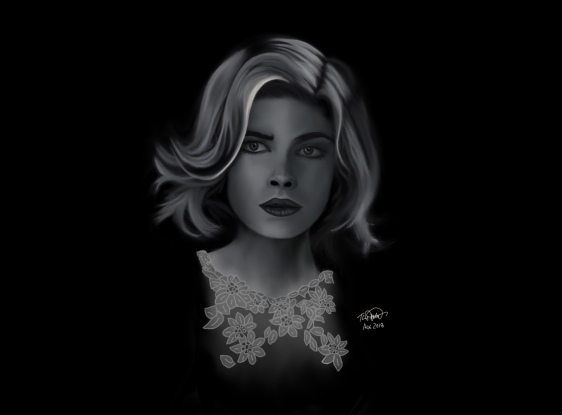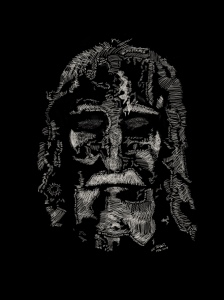
This is a picture that Callie drew representing the idea of "Simul Justus et Peccator". She did the drawing and we both did the color.
“Simul Justus et Peccator” is a phrase coined by Martin Luther that may be translated: “Righteous and at the same time a Sinner.” In making this statement Luther was making the point that every believer, in this life, is still in conflict with the sinful the nature. Therefore, our lives are impacted by the contaminating influence of sin. The Westminster Confession unpacks the point further:
“(Our good works) are good, in that they proceed from God’s Spirit; but as they are wrought by us, they are defiled, and mixed with so much weakness and imperfection, that they cannot endure the severity of God’s judgment.”
“Notwithstanding, the persons of believers being accepted through Christ, also have good works that are accepted in him; not as though they were in this life wholly unblamable and unreprovable in God’s sight; but that he, looking at them through his Son, is pleased to accept and reward those works which are sincere, although they are accompanied with many weaknesses and imperfections.” (The Westminster Confession of Faith, “Of Good Works,” Chapter XVI, v, vi.)
Therefore, in this life, Christians will always be – “Simul Justus et Peccator – At the same time a Saint and a Sinner.”









